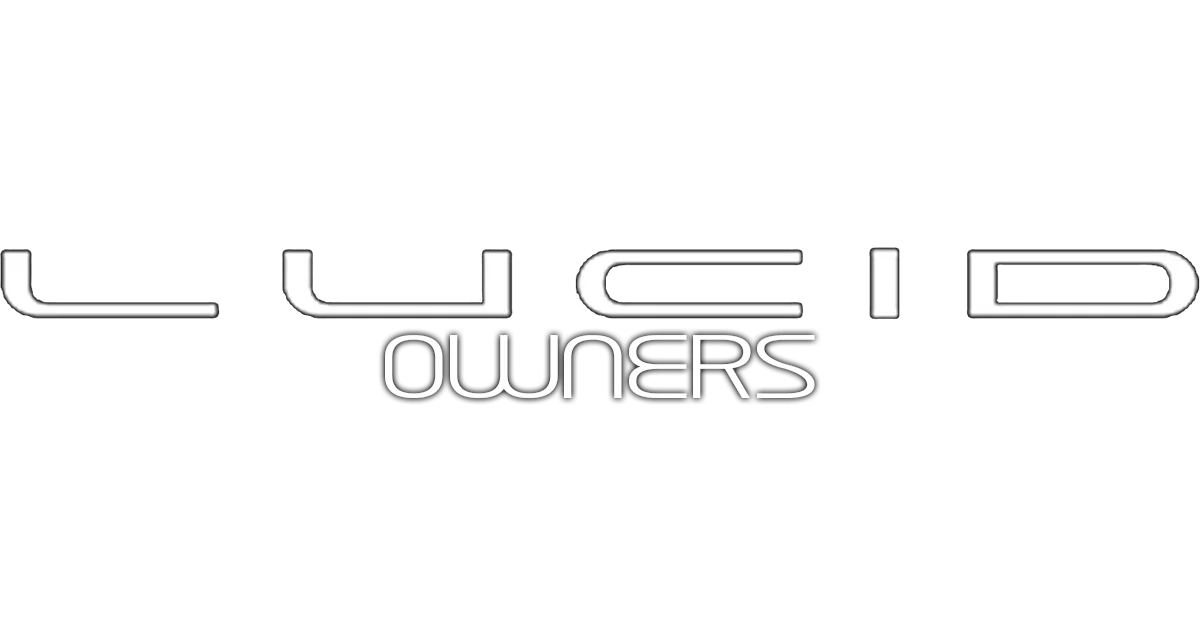- Joined
- Mar 7, 2020
- Messages
- 7,327
- Reaction score
- 10,619
- Location
- Naples, FL
- Cars
- Model S Plaid, Odyssey
- Air DE Number
- 154
- Referral Code
- 033M4EXG
Two options here: either Lucid went all out in pursuit of the best possible handling numbers and optimized for the biggest wheels at the expense of the others, or they took the middle ground and tried to make everything work well at the expense of a fraction of absolute performance on the biggest tire package. If I was a betting man, especially as this car wasn't built to concur the Nürburgring, my money would be on the latter.
View attachment 27177
Interesting. I suspect the former, as Eric Bach, the Chief Engineer of Lucid, has said that on his personal Gravity he's going to have two sets of wheels: the 22/23" for optimized handling, and the 20/21" for road tripping range. (Of course, all he probably has to do to switch the wheels is drive one set to work in the morning, give his key fob to the shop, and drive home on the other set.) That might suggest that the Gravity suspension calibration is optimized to the largest wheel set, although optimizing to the mid-size wheel set would seem to be the sweet spot for accommodating as many buyer choices as possible.
One of the reasons I want to use the Pirelli P Zeros when I switch the mid-size wheels to summer rubber is my assumption that, by staying with the same tire line that is on the larger wheel/tire package, I'll preserve more of its performance, at least in terms of tread pattern and compound, sidewall structure, etc.
But the variables propagate in so many directions once you start delving into this that it just leaves my head spinning. So I'm just going to stay with the mid-size wheels for several reasons, in this order:
- more choices of tires as new ones come to market
- probably better aerodynamics and thus more range than the largest wheels, once a more efficient tire is fitted
- looks (don't really want too much of a "gangsta-wheel-on-a-Camry" vibe from the hardware-exposed look on a Gravity)
- marginally better impact resistance to the potholes that are getting more common even in Florida
- marginally more compliant ride.

